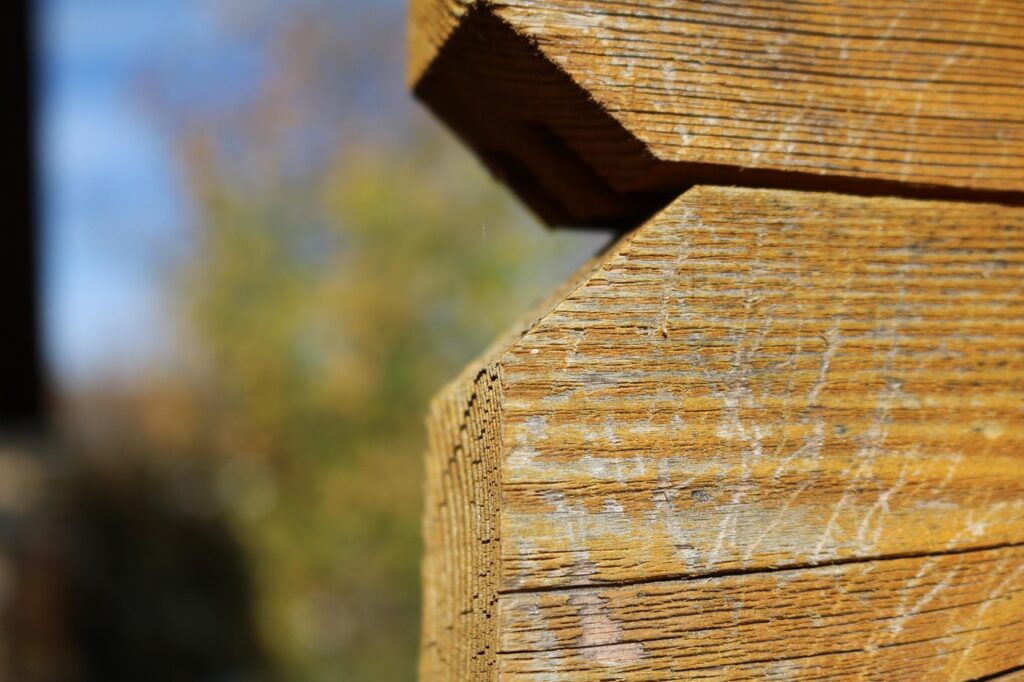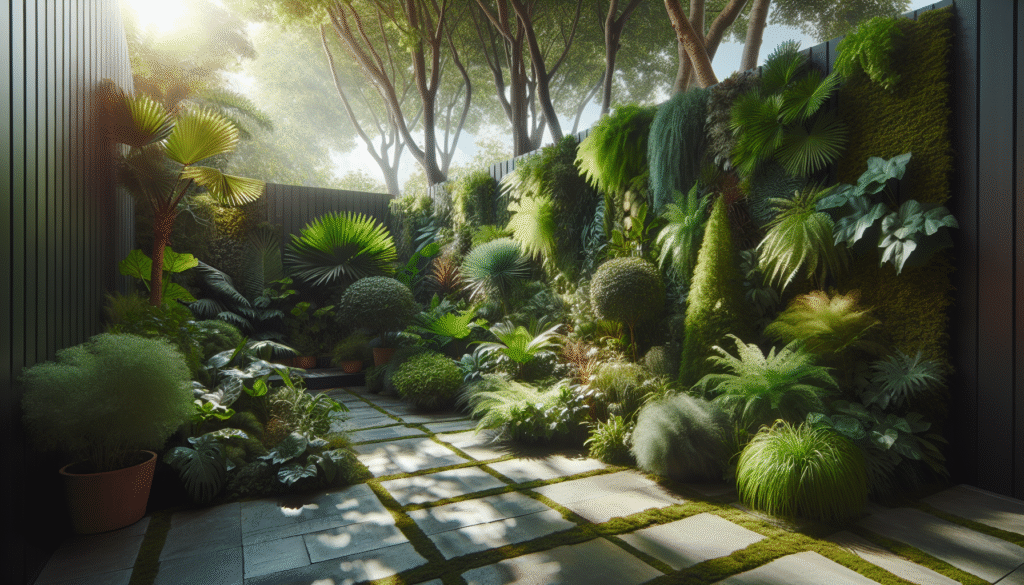You may have wondered how you can create a privacy screen using plants in your outdoor space. This article will guide you through the process step by step, providing you with all the information you need to create a lush and visually appealing screen of greenery to add privacy and beauty to your yard or patio.
Choosing the Right Plants
When creating a privacy screen with plants, it is essential to choose the right type of plants. Opt for thick, bushy plants that will provide dense coverage and block the view effectively. Some popular options for privacy screens include:
-
Hedge Plants: Such as boxwood, holly, and yew, are traditional choices for creating privacy screens due to their dense foliage and ability to be pruned to the desired height.
-
Bamboo: This fast-growing plant can create a tall and dense screen, but be sure to choose a clumping variety to prevent it from becoming invasive.
-
Tall Grasses: Ornamental grasses like pampas grass and maiden grass can provide a more modern and breezy look for your privacy screen.
Consider Your Climate and Sunlight Exposure
Before selecting plants for your privacy screen, consider the climate of your area and the amount of sunlight your outdoor space receives. Choose plants that are well-suited to your climate and can thrive in the amount of sunlight available.
It’s essential to check the plant’s light requirements, as some species may not grow well in shade or direct sunlight. Make sure to plant accordingly to ensure the health and growth of your privacy screen plants.

Planning Your Privacy Screen Layout
Once you have chosen the right plants for your privacy screen, the next step is to plan out the layout. Consider the following factors when designing your privacy screen:
-
Height: Determine how tall you want your privacy screen to be and select plants that will grow to the desired height. Keep in mind any height restrictions in your area, such as fences or property lines.
-
Spacing: Calculate the spacing between each plant to ensure they have enough room to grow and fill in the space adequately. Follow the planting instructions for each plant species to ensure proper spacing.
-
Arrangement: Think about the arrangement of plants to create a visually appealing and cohesive privacy screen. You can mix different plant species to add texture and variety to your screen.
Drawing a Layout Plan
Consider sketching a rough layout plan to visualize how your privacy screen will look once the plants are in place. This can help you determine the number of plants needed, their placement, and overall aesthetics of your green screen.

Planting Your Privacy Screen
After planning the layout of your privacy screen, it’s time to start planting your chosen plants. Follow these steps to ensure successful planting:
-
Prepare the Soil: Ensure the soil is well-draining and fertile to promote healthy plant growth. Incorporate organic matter such as compost or peat moss into the soil to enrich it.
-
Digging Holes: Dig holes for each plant that are twice as wide and as deep as the plant’s root ball. Gently loosen the roots before planting to encourage growth.
-
Planting: Place the plant in the hole at the same level as it was in the nursery container. Fill the hole with soil and water thoroughly to help the plant establish itself.
-
Mulching: Apply a layer of mulch around the base of the plants to retain moisture, suppress weeds, and protect the roots during extreme temperatures.
Watering and Maintenance
Water newly planted privacy screen plants regularly to help them establish strong roots. Monitor the soil moisture levels and adjust watering as needed, especially during hot and dry periods. Prune and trim the plants as necessary to maintain the desired height and shape of your privacy screen.

Caring for Your Privacy Screen
To ensure the health and longevity of your privacy screen, regular care and maintenance are essential. Here are some tips to keep your privacy screen looking its best:
-
Pruning: Regularly prune your privacy screen plants to remove dead or damaged foliage and shape the plants as needed. This will promote healthy growth and maintain the density of your screen.
-
Fertilizing: Apply a balanced fertilizer to your privacy screen plants in the spring to provide essential nutrients for growth. Follow the manufacturer’s instructions for the proper application.
-
Pest and Disease Control: Keep an eye out for pests and diseases that may affect your privacy screen plants. Treat any issues promptly to prevent them from spreading and causing damage.
Winter Protection
In colder climates, provide winter protection for your privacy screen plants to help them survive the harsh conditions. Consider wrapping sensitive plants with burlap or providing a windbreak to shield them from the elements.

Enhancing Your Privacy Screen
To enhance the beauty and functionality of your privacy screen, consider incorporating additional elements and features. Here are some ideas to take your privacy screen to the next level:
-
Vine Coverage: Plant climbing vines like ivy or clematis along the base of your privacy screen to add vertical interest and additional coverage.
-
Outdoor Lighting: Install outdoor lighting fixtures around your privacy screen to illuminate the plants and create a warm and inviting ambiance in the evening.
-
Decorative Elements: Add decorative elements such as trellises, garden art, or outdoor furniture near your privacy screen to enhance its visual appeal and create a cohesive outdoor living space.
Creating a Tranquil Retreat
By combining lush greenery, thoughtful design, and personalized touches, you can transform your privacy screen into a tranquil retreat where you can relax and unwind. Create a cozy seating area, add fragrant flowers, and incorporate soothing water features to enhance the ambiance of your outdoor sanctuary.
In conclusion, creating a privacy screen with plants is a wonderful way to add beauty, privacy, and seclusion to your outdoor space. By selecting the right plants, planning the layout, and providing proper care and maintenance, you can enjoy a lush and vibrant green screen that enhances your outdoor living experience. Happy planting!

Comments are closed